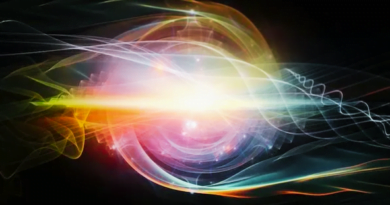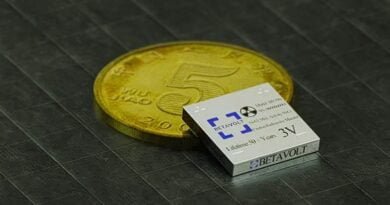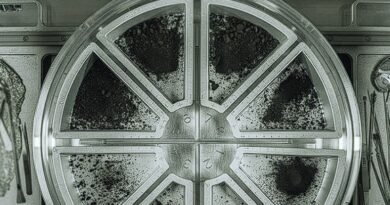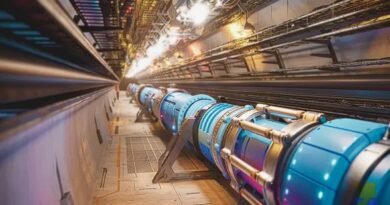World’s First Fault-Tolerant Quantum Computer to Launch in 2022, Followed by 10,000-Qubit Machine in 2026
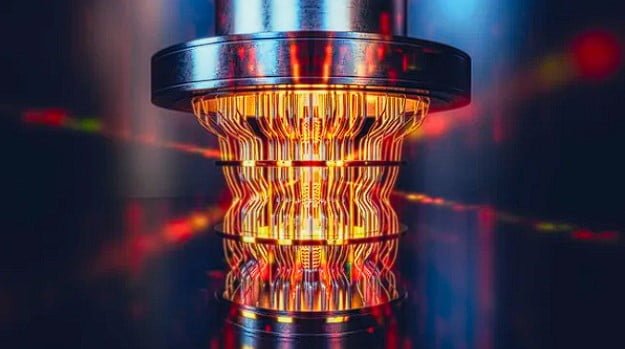
In a significant leap for quantum computing, the world is set to witness the launch of the first fault-tolerant quantum computer later this year, paving the way for an even more powerful 10,000-qubit machine in 2026.
QuEra, a pioneering player in quantum computing, is on the verge of unveiling the world’s first commercially available fault-tolerant quantum computer featuring revolutionary “logical qubits.” This cutting-edge technology is engineered to significantly reduce errors in quantum computations by leveraging quantum entanglement to interconnect physical qubits.
The upcoming machine, equipped with an impressive 256 physical qubits and a groundbreaking 10 logical qubits, is slated for launch by the close of 2024. Logical qubits, as showcased in a recent study published in Nature, offer a powerful quantum error correction mechanism by storing identical data in multiple locations, effectively diversifying potential points of failure during complex calculations.
While the 256-physical-qubit machine may not reach its full operational capacity on its own, it serves as a critical platform for software programmers to initiate testing code for future quantum computers, according to Harry Zhou, a physicist at QuEra and Harvard University, and co-author of the study.
In the realm of quantum computing, where conventional computers rely on bits with values of 0 or 1, qubits operate in a superposition between 0 and 1 due to the principles of quantum mechanics. The introduction of quantum entanglement allows qubits to exist in multiple states simultaneously, facilitating calculations at a pace unmatched by classical computers. However, qubits are susceptible to disturbances, resulting in higher error rates compared to classical bits.
QuEra’s innovative error-correction system relies on data redundancy, where the same data is stored in multiple locations, empowering logical qubits to execute calculations across various physical qubits. This groundbreaking approach significantly mitigates error rates, enhancing the reliability of quantum computers.
The creation of logical qubits involves applying error-correcting computer code to regular qubits and establishing logical gates between them. Subsequently, the quantum computer calculates the “syndrome” to gauge the likelihood of errors and corrects them accordingly. QuEra’s achievement of a remarkable 0.5% error rate with 48 logical qubits signifies a noteworthy leap forward compared to previous endeavors, such as Google’s 2.9% error rate.
QuEra has ambitious plans for the future, intending to launch multiple quantum computers in the coming years. The lineup includes a 30-logical-qubit, 3,000 physical qubit machine in 2025, followed by a monumental machine in 2026 boasting over 10,000 physical qubits and 100 logical qubits. The 2026 machine, armed with 100 logical qubits, is poised to surpass today’s supercomputers in correct calculations, marking a transformative milestone in quantum computing capabilities.

